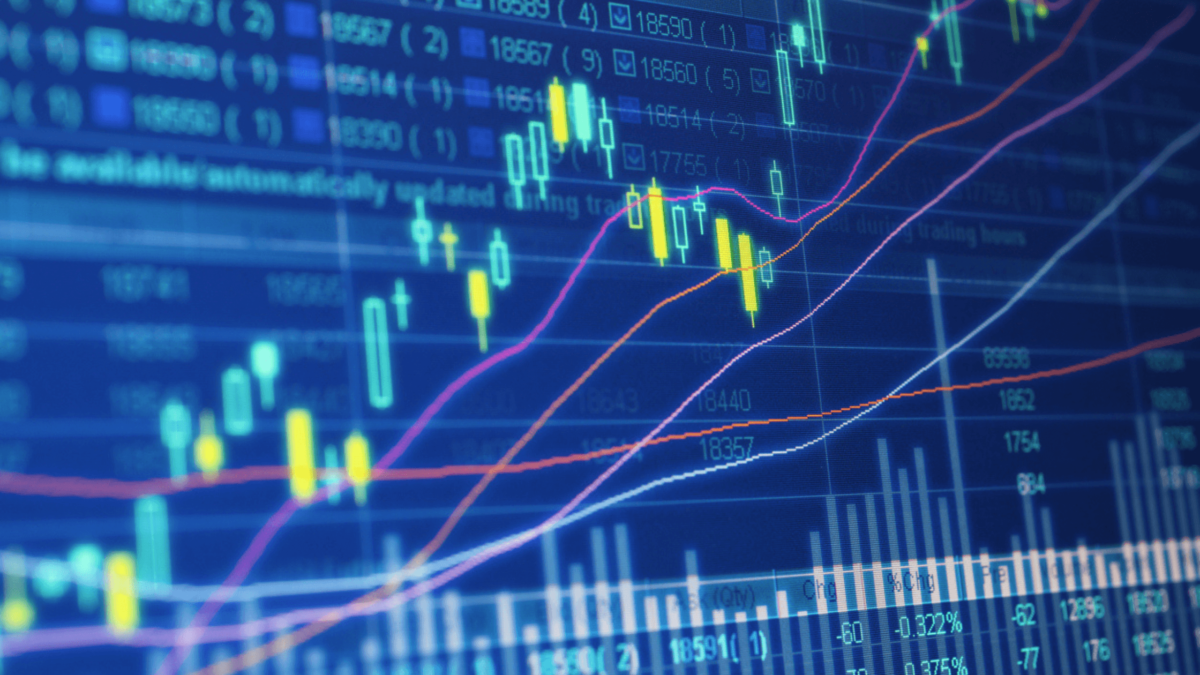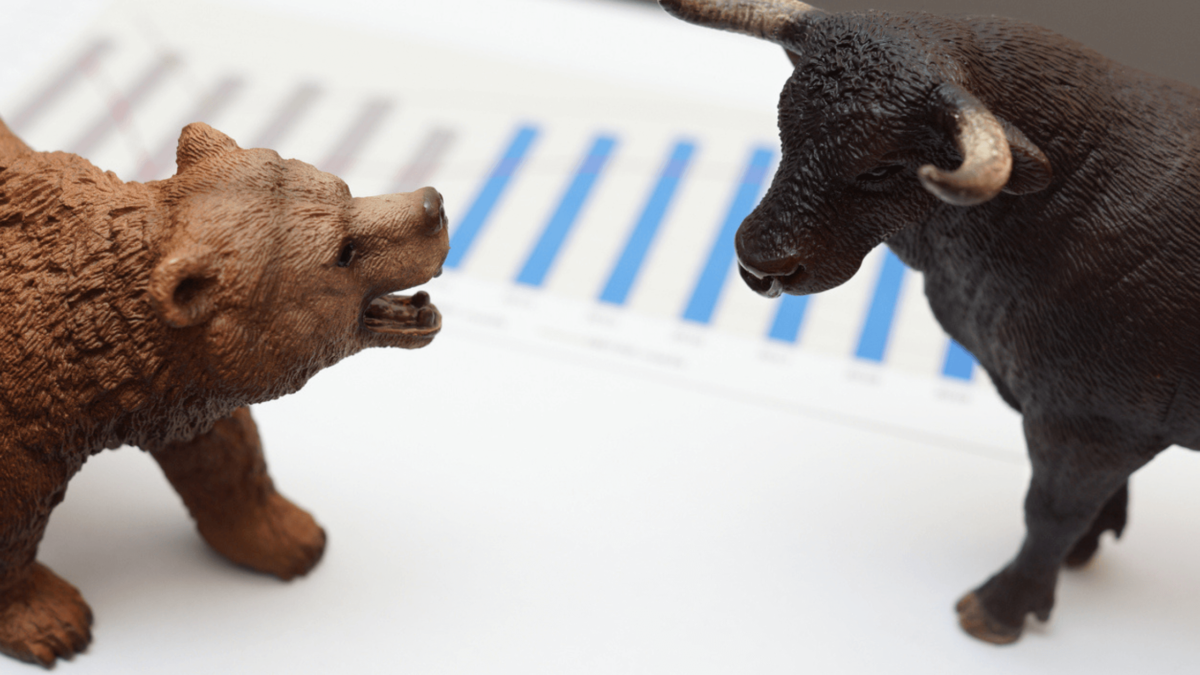US Stocks on Verge of Breakdown; Chinese Stocks Attempting Breakout
June 13, 2022

The S&P 500 Index fell 5.1% last week as renewed inflation fears drove up Treasury yields and rates expectations.
As I wrote last week, this was a “countertrend rally – a bounce within a bear market,” and that rebound was “losing momentum, caught in the pincer of the implacable contradiction between crushing inflation without crushing the economy.”
All those “implacable” dynamics came back into focus last week as the May US Consumer Price Index (CPI) showed headline inflation rebounding, to a new high, after what had proved a very brief pullback in April.
US inflation north of 8% as consumer sentiment sours
Whether the US Federal Reserve (Fed) is aggressive enough on rates in crushing inflation, or whether it goes soft on rates in the face of declining economic activity, may not actually change the final outcome.
In the end, both paths may still end up in recession anyway, with the only difference possibly being the timing of that recession.
Even if the Fed goes “softly-softly” on rates, the possible result of yet higher inflation will erode real wages further.
That will result in lower spending power, a collapse in consumer sentiment, and recession anyway.
So, as spoken in boxing jargon, “if the left one don’t get you, the right one will.”
Market focused on higher CPI figure
Last week, the S&P 500 Index sold off aggressively at the end of the week, with a 2.9% decline on Friday, when the US All items CPI rate came out at 8.6% year-on-year for May, rebounding from 8.3% in April.
This was the highest 12-month headline CPI rate recorded since December 1981. The market was expecting headline inflation to flatline at 8.3% year-on-year and core inflation to ease to 5.9% year-on-year.
So, the market got no comfort from core inflation easing further to 6.0% year-on-year, from 6.2% in April and 6.5% in March.
The reasons were likely to be both the disappointment of expectations and the understanding that continuation of high headline inflation will eventually feed into items of core inflation (that is, things other than energy and food).
And in any event, the US consumer has to eat and mostly drives. So, the academic focus of core-inflation will not help when it comes to either easing demands for wage increases (feeding into core inflation) or cutbacks in real consumption expenditure to make ends meet (increasing the risk of recession).
Consumer index points to recession, yields soar
The University of Michigan’s Consumer Sentiment Index fell sharply to 50.2 for June, from 58.4 in May. This is the lowest reading in the 43-year history of the index.
The next lowest reading of 51.7 was recorded, interestingly, in mid-1980, when US headline inflation was over 14%.
Previous readings around or below the 55-point level were in August 2011 (when the annualised US real GDP growth rate fell to 0.9%); in 2008 (during the recession of the Global Financial Crisis); and in 1980, during the Paul Volcker-era tight monetary policy recession.
Meanwhile, the 10-Year US Treasury (UST) Yield picked up 22 basis points for the week, ending the week at 3.16%, for a retest of the 3.2% prior high. The 2-Year yield rose an even more stunning 41 basis points.
And with that CPI data release for May, rates expectations surged again, with the Fed Funds Target Rate expectation for the end of this year (as implied by overnight index swaps and Eurodollar futures) rising from 209 basis points to 233 basis points.
Corporate bonds’ mark-to-market values continued their downtrends from the start of the year, with the iShares iBoxx $ Investment Grade Corporate Bond ETF now down 16.6% year-to-date.
Brace for worse
So, what the bottom line? Expect worse to come for both US equities and bonds. With the European Central Bank (ECB) signalling its first rate hike next month, European stocks are unlikely to do any better.
The Euro Stoxx 50 Index ended last week down 4.9%, taking its loss from its November 2021 high to 18%.
On the other side of the Atlantic, the S&P 500 Index is headed for a retest of the 3,820 technical support zone. It could bounce around again at that zone, but it looks to be headed lower.
Chinese equities looking for technical breakout
Just as the S&P 500 is on the brink of a likely breakdown below an important technical support, the CSI 300 is in the process of breaking above significant technical resistances.
It recently broke above resistance from a downtrend line formed from December 2021 to May 2022. And it is now in a late stage of breaking above a technical resistance called the “Ichimoku Cloud Cover”.
While this could pause near term, the fundamentals supportive of a technical breakout are already in place for Chinese stocks.
For one, government stimulus commitments for the year-to-date have been estimated to have already significantly exceeded fiscal and monetary supports in 2021.
According to estimates by Bloomberg, fiscal and monetary stimulus measures announced to date already total CNY 35.5 trillion (US$5.3 trillion), compared to CNY 30.7 trillion for 2021, and are closing in on the CNY 37.5 trillion in 2020.
International investors may prefer China stocks over US
While we have yet to see a sustained return of foreign funds into Chinese equities, international banks and fund managers have been turning positive (some calling “overweight”) on portfolio allocations for China over recent months.
The list includes Credit Suisse, Blackrock, Bernstein, Goldman Sachs, HSBC, and UBS. This is not to say these financial institutions are necessarily correct.
What it does suggest is that with the US and Europe likely heading into bear market territory, there is a search for alternatives to Developed Markets within the equities space.
Note that the above-mentioned University of Michigan Consumer Sentiment Index has an interesting positive correlation to US asset allocations into equities as measured by the AAII Asset Allocation surveys.
At previous cyclical lows in the Consumer Sentiment Index in 2008 and 2003, the equities asset allocations fell to around 40%-45%.
In 2011, which saw another cyclical low for the Consumer Sentiment Index, the equities allocation also fell, but to around 55%. The latest data shows equities allocation still at 67%. There could be a lot more unwinding to come.
China stocks have supportive backdrop
Three things going for Chinese equities now are:
- Policy stimulus has arrived, to avoid further slowing of economic growth;
- The regulatory blitz against online platform companies appears to have passed its peak, with policy makers speaking of “normalisation” of the regulatory environment;
- Valuations have been beaten down, suggesting a lot of the negatives may have already been priced in.
Not only that but valuations are at cyclical lows. The Shanghai Composite Index is currently trading at a forward price-to-earnings (PE) ratio of around 11x, bouncing off the recent low of around 10x about a month ago.
Note that forward PEs of around 9x to 11x marked the more recent valuation lows in March 2020, January 2019, and February 2016.
The relative valuation argument is pretty attractive compared to the S&P 500’s forward PE of 18x. Note also that analysts have started upgrading earnings estimates for the Hang Seng Tech Index.
And with a more supportive macroeconomic backdrop likely to follow from the stimulus measures already announced, earnings upgrades for CSI 300 companies are also a reasonable expectation.
Say Boon Lim
Say Boon Lim is CGS-CIMB's Melbourne-based Chief Investment Strategist. Over his 40-year career, he has worked in financial media, and banking and finance. Among other things, he has served as Chief Investment Officer for DBS Bank and Chief Investment Strategist for Standard Chartered Bank.
Say Boon has two passions - markets and martial arts. He has trained in Wing Chun Kung Fu and holds black belts in Shitoryu Karate and Shukokai Karate. Oh, and he loves a beer!







